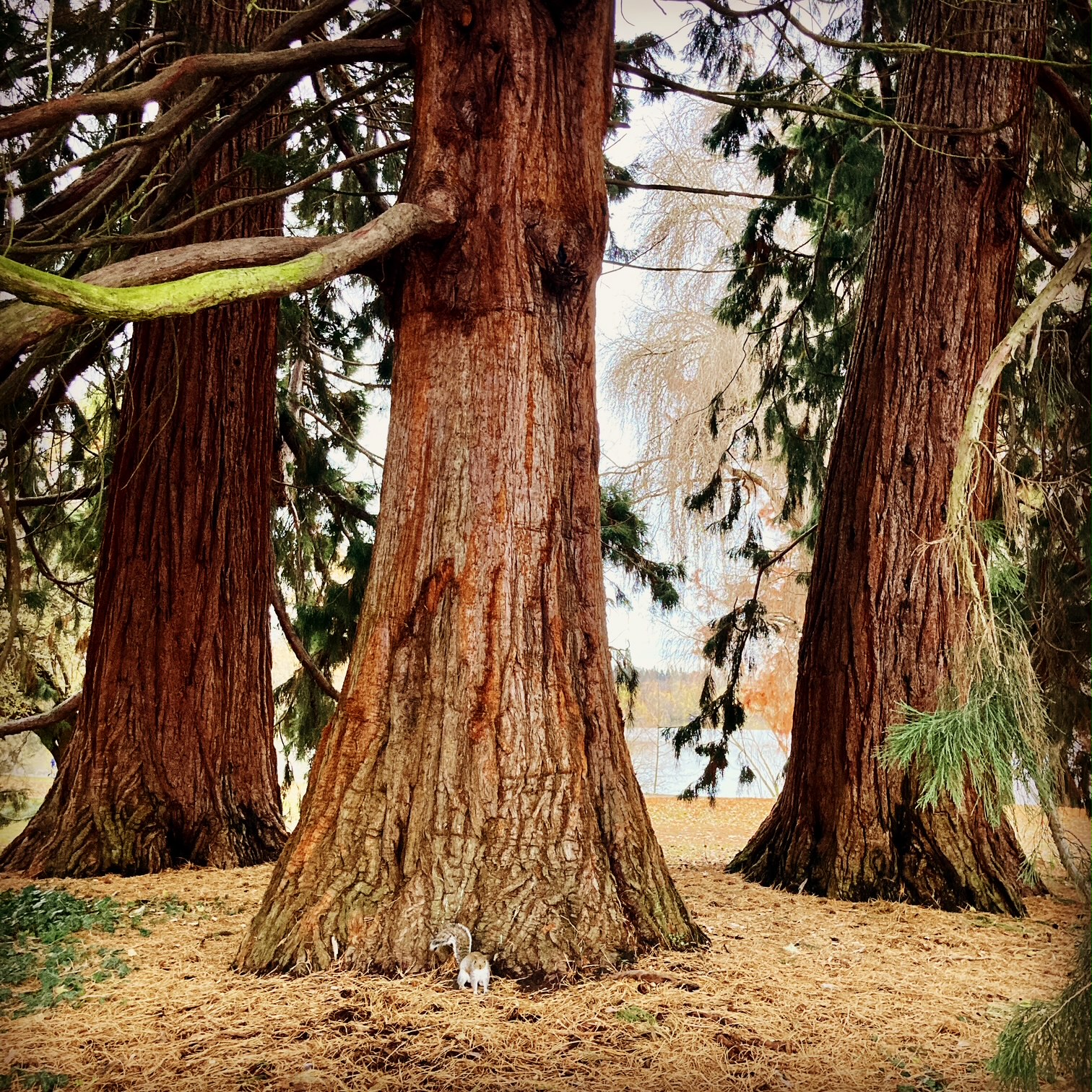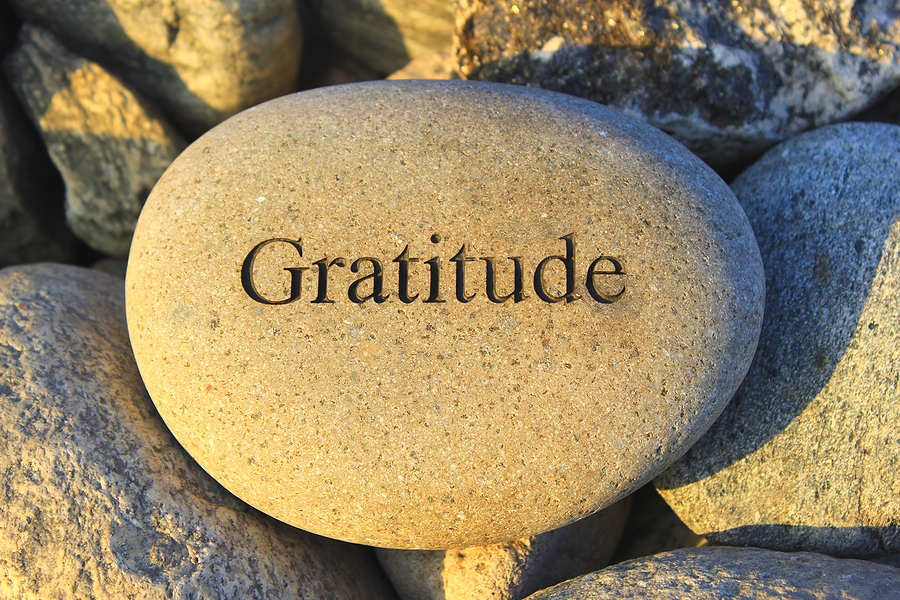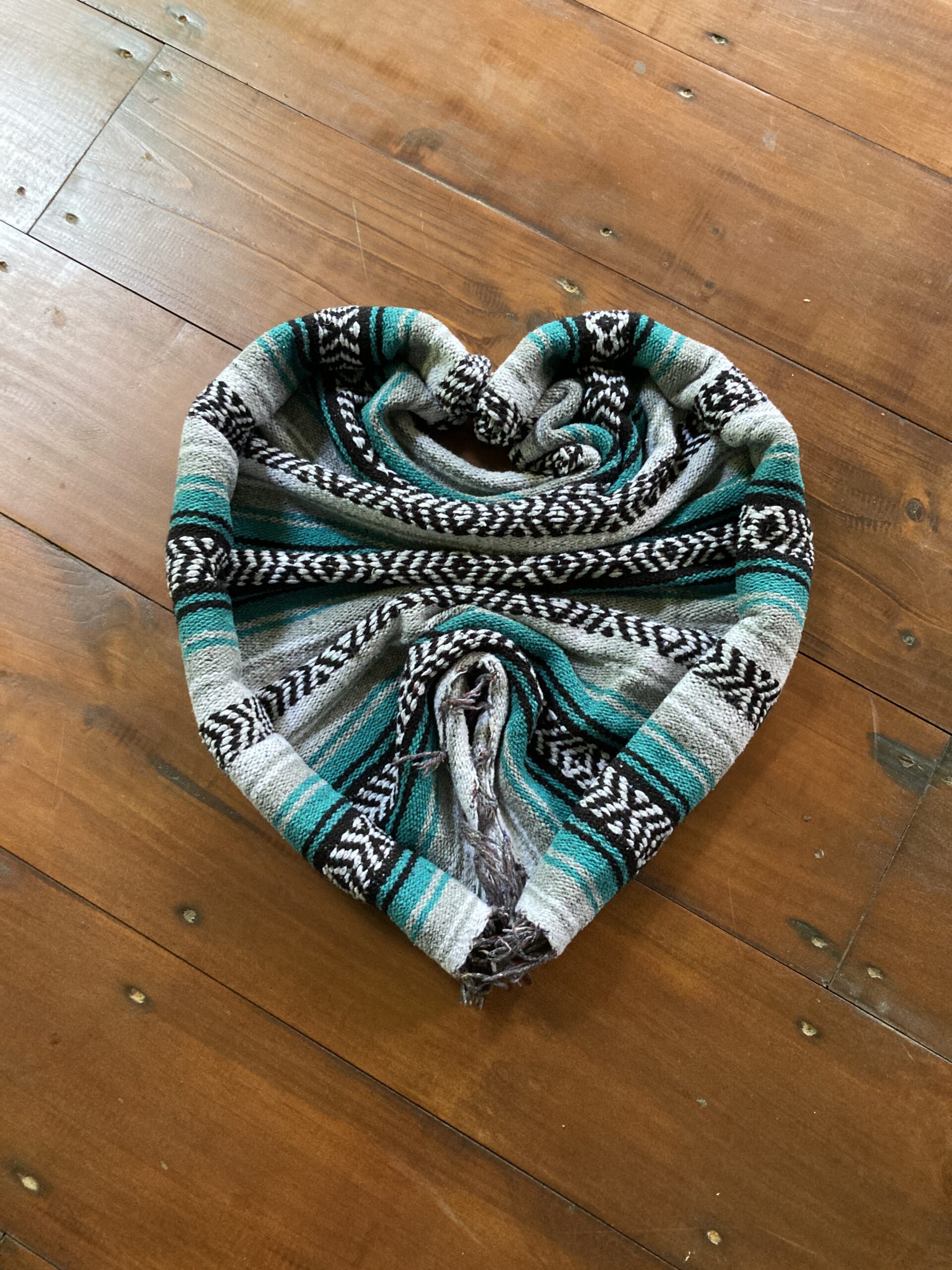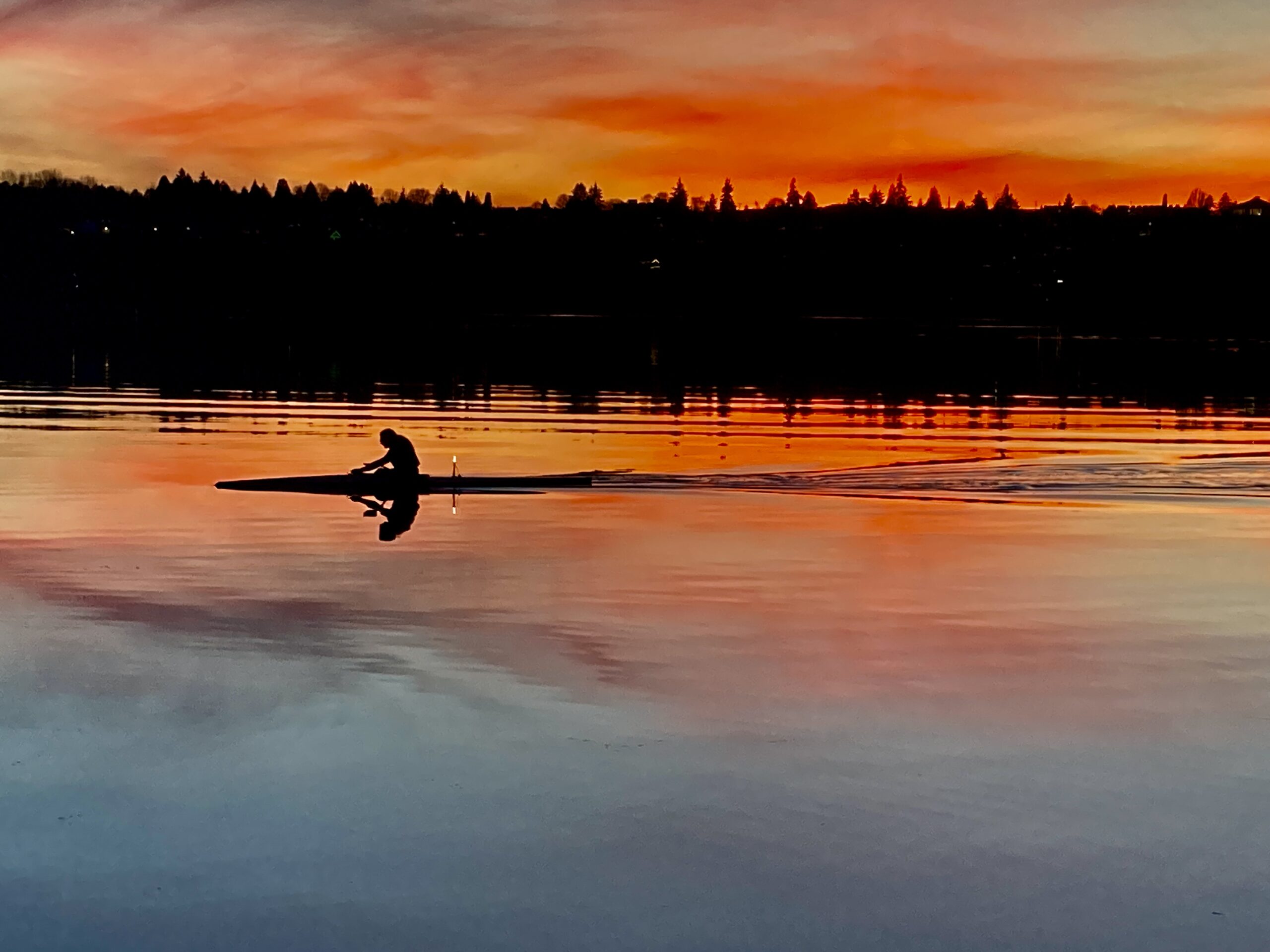Last night was our last night at the monastery in Mt. Koya. Mt Koya is the center of Shingon Buddhism, a sect introduced to Japan in 805AD by Kukai (also known as Kobo Daishi), one of Japan’s most significant religious figures. Mt. Koya is also the site of Kukai’s mausoleum and the start of Shikoku 88 Temple Pilgrimage.
We have been staying at a Shukubo (authentic temple lodging and Buddhist monastery) and have a huge tatami room for yoga. It’s not the easiest place to stay. Very spartan. Monk-like living quarters. Very authentic. We sleep on futon mats placed over the tatami mats. Our shared bathrooms are a schlep down the hall. And if you prefer a shared bathroom that has Western-style toilets, and has one room designated for women and the other for men, then it is worth your while to wind your way down two flights of stairs, across long hallways and over an outdoor bridge (in the frigid weather at night) and across long corridors that are not heated and walled in by paper windows. In this special bathroom, you will find a heated toilet seat and all is clean and pleasant. I think it was worth the hike! Bathing is in a sento (one for men and one for women) and the hours for hot water are restricted between 4:30pm and 9pm. Our life here is filled with the monks’ chanting, prayer and fire ceremony in the morning, a walk through the mysterious ancient forested Buddhist cemetery Okunoin, making Buddhist prayer bead bracelets, visiting various temples and shrines, seeing gorgeous autumn leaves. Here we experience sunny days that warm the heart and fill your vision with views of brilliant red maple leaves and golden ginko leaves, and cold nights that bring frost over tiled roofs and pine branches.
To counter the purity of vegan meals and the simplicity of sleeping on futon beds spread over tatami mats within a room with paper doors (shoji) and paper screened windows, many of us gather at night to enjoy clandestine sake/whiskey/wine. These furtive parties take place in Kevin’s “abode” or in the Richardson’s tatami “suite”. We sit on cushions piled high. We drink the bootleg from our tea cups. Here on this most sacred Buddhist mountain in the world, it may be 34 degrees Fahrenheit outside at night, but, indoors, we embrace the warmth of our group as well as the warmth from the heater in the corner of the tatami room. Our hearts are full and our spirits rich.
Oh, Japan! You are slipping away too quickly….I hear gongs in the distant night as I pull the covers tight and fall asleep. And again, upon waking, I hear the gongs as the monks gather to chant at 6am.

Photo by Karin Bigman …Autumn Leaves at Mt. Koya

Autumn in Japan, Mt. Koya (photo by Karin Bigman)

Mt. Koya’s temples

Temple Walls

Prayers and Lit Candles: Inside the temples

Oh, let’s pose with a monk! with Ginger and Woody Howse

Stone Garden and Temple

Perfectly raked stone garden temple

Pillars inside temple

Panorama of Fall Leaves Mt Koya

Autumn Leaves and Rooftops

Novice Monk fallen asleep on drum

Mt Koya cemetery: Okunoin, situated in the middle of an ancient forest

The great Buddhist Monk, Kobo Daishi Kukai. Koyasan (Mt Koya) was founded by him twelve centuries ago.

Okunoin

Dressed statues commemorate children who did not live long in this world. They wear red bibs and are called Ojizu.

these stone carvings represent earth, water, fire, wind, and space (clear purified mind), often the elements are marked in Sanskrit

Ojizu

Moss covered head stone

Autumn Leaves..Koyasan is the only place where the have leaves started to turn red already.

Cemetery Statue

Cemetery Statue







Thanks for sharing.
I enjoy traveling with you in real life and virtually.
Jeanne
Some good shots there, Frannie. Yes, I’d like to go there around this time of the year.
Rick
What a remarkable place! The fall colors contrast nicely with the temple and statues. The forest looks both imposing and tranquil. Lovely photos.
What a marvelous place to reflect on your experiences you’ve had so far. Thank you for taking us along with you on this amazing retreat.